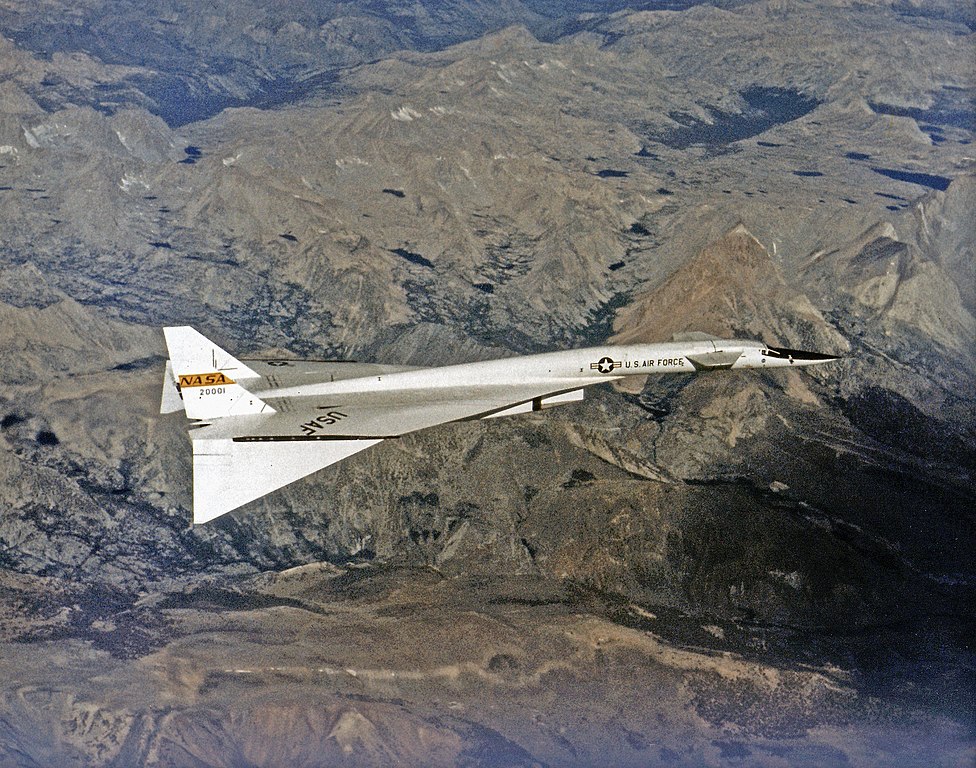Here’s Why USAF Engineers Are Creating Digital Twins of 50-year Old Aircraft

Engineers at the USAF are designing digital twins of older aircraft such as the venerable B-1 Lancer, first introduced almost five decades ago. The heavy bomber and many others of its time were designed on paper blueprints featuring hand-drawn schematics, as the age of computer-assisted design (CAD) hadn’t dawned yet.
If you wonder why engineers today bother to create digital drawings of these large and complex legacy airframes, the answer is to reduce maintenance and operational costs. The Rockwell B-1 Lancer still serves the USAF through auxiliary roles, so it still needs regular maintenance. To estimate what parts need replacement or incorporate modifications and custom, improved components is challenging to say the least.
This is where the digital twin comes into play, giving aircraft engineers a clear idea of what works, how well it works, and for how long it can be realistically expected to work adequately well. Digital twins represent real objects that go through a simulated operation that can be sped up to months, years, or decades.
This simplifies the on-boarding of new part suppliers, allows simulating of repair procedures, and makes building production tooling quick and straightforward. On the other hand, maintaining OEM drawings and constantly translating them to digital drawings is time-wasting, tedious, and costly.
The B-1 Lancer isn’t the only old aircraft that is still in service, as the B-2 spirit has three decades on its back while the B-52 Stratofortress first flew 70 years ago. The first reason why it was selected for the digital twin program in the USAF is that it has surpassed its expected service time, so there are no maintenance guidelines from the OEM. The second reason is that the B-1B platform was used extensively in real action in the Middle East, accelerating its wear at an unpredictable rate.
After the B-1, the program will create a digital twin for the F-16, which dates to the 1970s but still plays a crucial role in USAF operations and those of another 25 nations.

 Tech Steel & Materials
Tech Steel & Materials